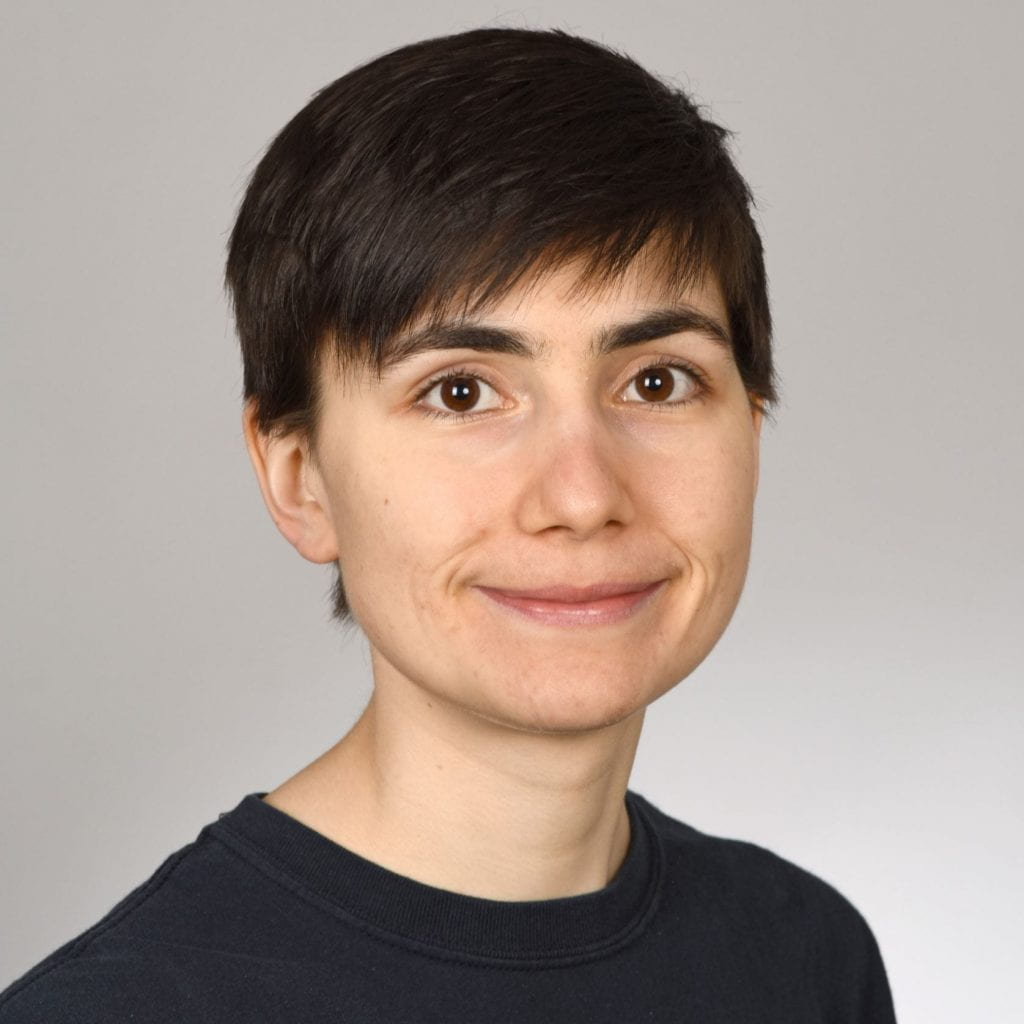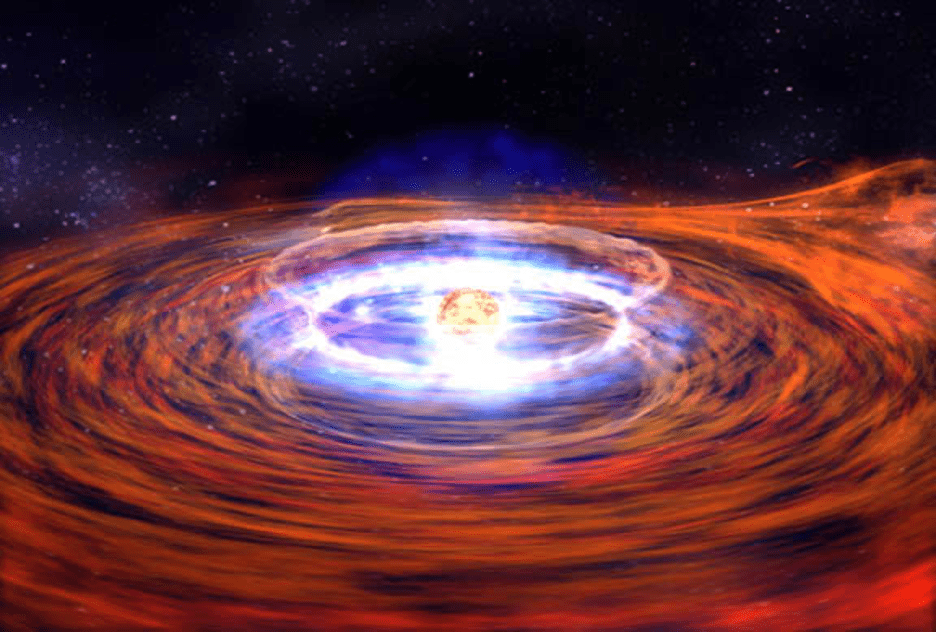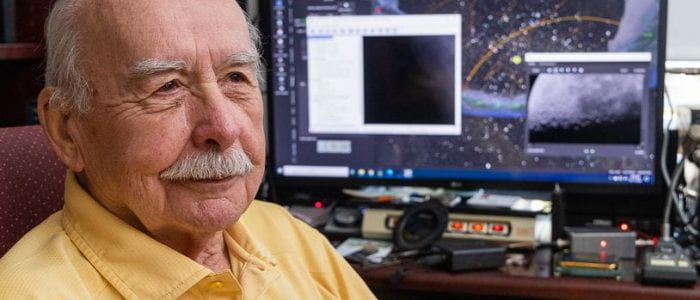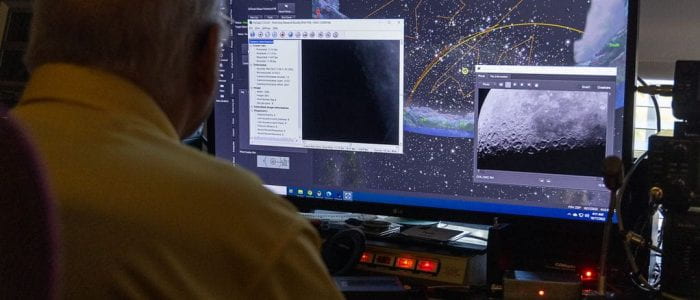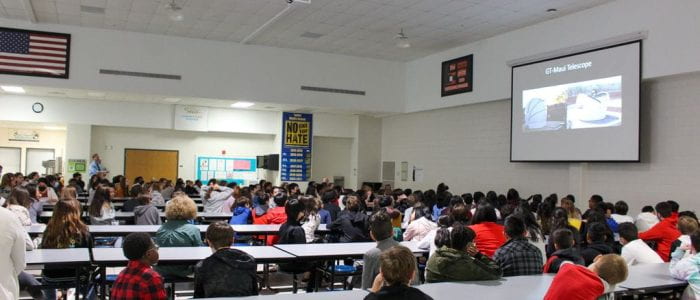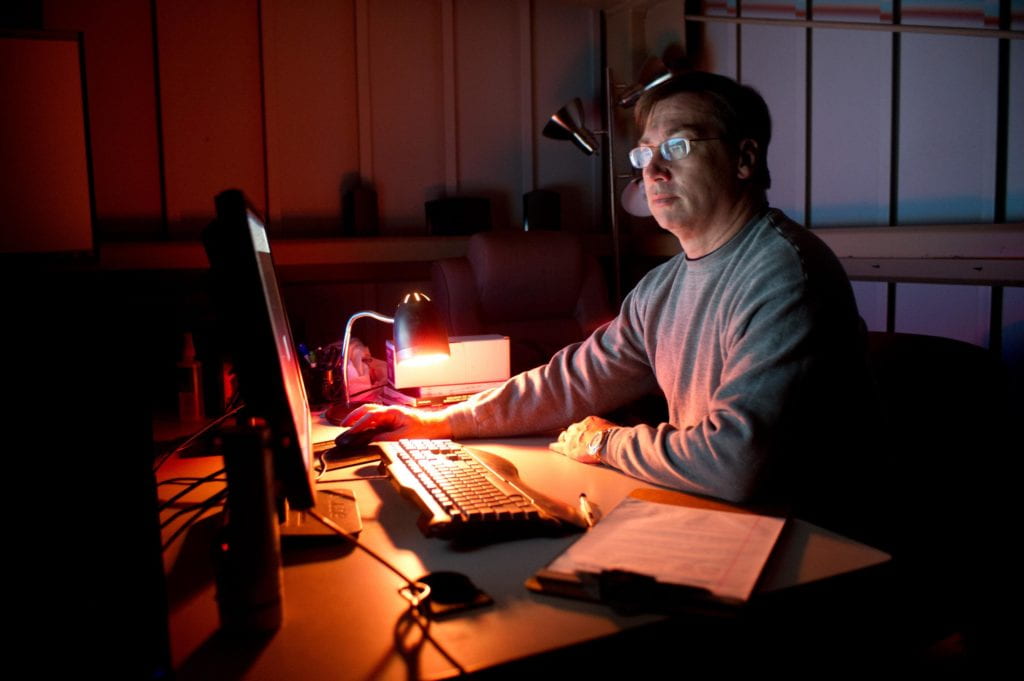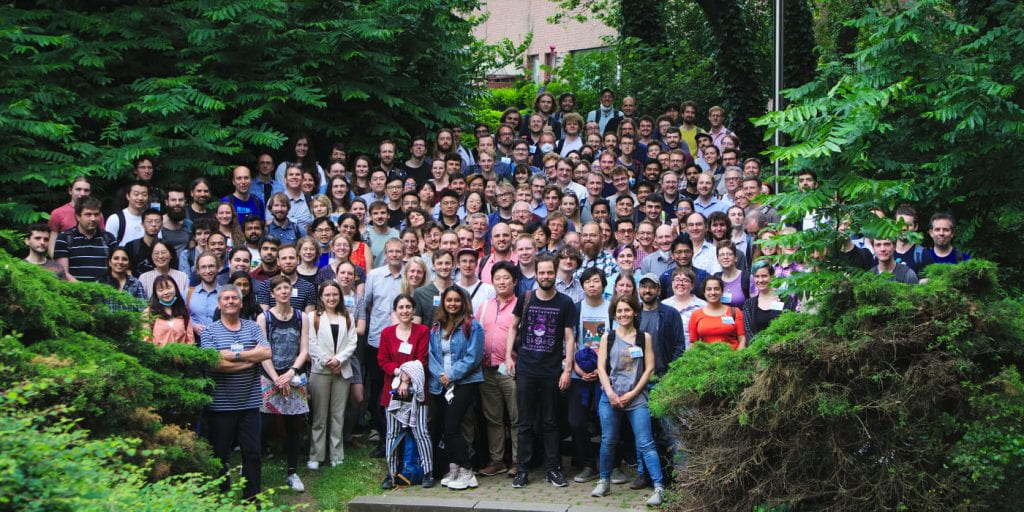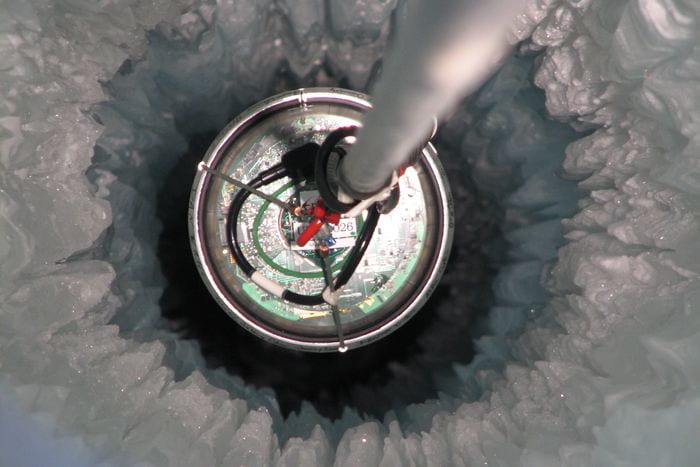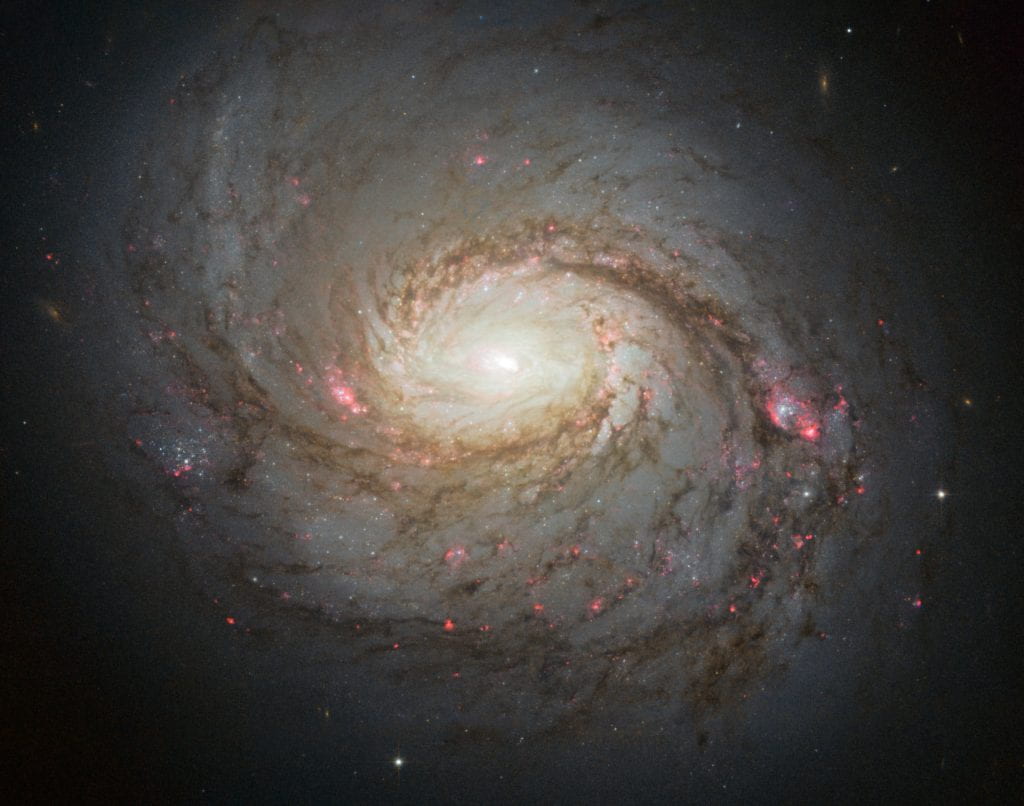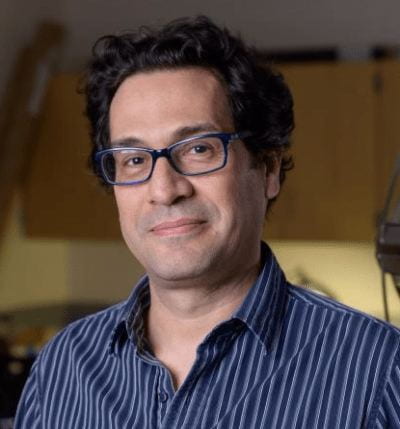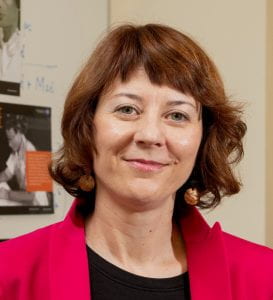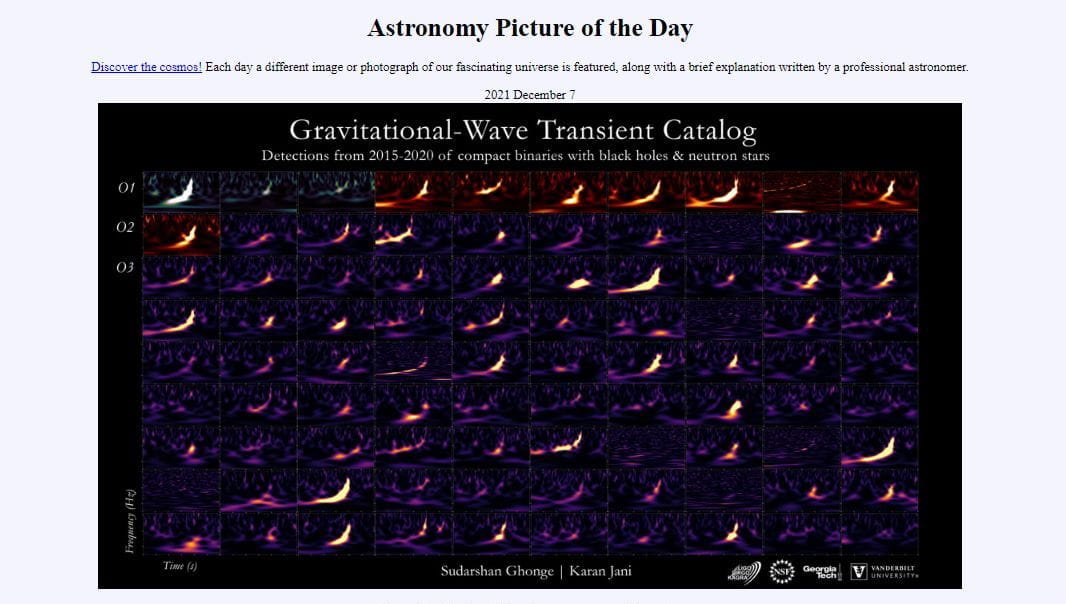Accelerating Astrophysics with AI: A Q&A with Snigdaa Sethuram, Argonne’s Margaret Butler Fellow

Author: Logan Ludwig. Published 06/30/2025 (original link)
In this Q&A, Sethuram shares insights into how she is using machine learning to study the early universe, the mentors who inspired her journey, and her aim to develop scalable tools for the scientific community.
The Argonne Leadership Computing Facility (ALCF), a U.S. Department of Energy (DOE) user facility located at DOE’s Argonne National Laboratory, has named postdoctoral researcher Snigdaa Sethuram the latest recipient of its Margaret Butler Fellowship in Computational Science.
Sethuram, a computational astrophysicist, specializes in developing machine learning (ML) models to accelerate complex simulations of cosmic phenomena—from star formation to radiative transfer. She completed her graduate studies at Georgia Tech as a NASA FINESST fellow in Dr. John Wise’s computational cosmology group. Her work has led to performance improvements in modeling stellar feedback and spectral energy distributions, making simulation processing faster without sacrificing accuracy.
The Margaret Butler Fellowship honors the legacy of Dr. Margaret Butler, a pioneering leader in computational science and nuclear energy who broke barriers as Argonne’s National Energy Software Center director and the first woman named a Fellow of the American Nuclear Society.
In this Q&A, Sethuram reflects on her early inspiration from her mother’s love of coding, her research journey through the cosmos, and her vision for fostering scientific collaboration during her time at ALCF.
Q: What drew you to apply for the Margaret Butler Fellowship?
What drew me to the Margaret Butler Fellowship was how well it matched my goal of doing meaningful, high-impact work in computational science. Argonne’s leadership in high-performance computing (HPC) offers an incredible chance to work on transformative, exciting problems while learning from some of the best in the field.
I was also really inspired by Dr. Margaret Butler’s legacy; not just as a pioneer in computational science, but as someone who opened doors for women in STEM. Being a recipient of a fellowship named after her feels both professionally meaningful and personally motivating. It reminds me of the kind of researcher and collaborator I hope to be—curious, rigorous, and committed to making science more inclusive.
This fellowship felt like a great opportunity to grow as a scientist while contributing to work that matters. I’m excited to be part of something that blends technical challenge with broader impact.
Q: What initially sparked your interest in the field of computer science?
My interest in computer science started with my mom. She had a master’s in computer applications and, even while raising me and my brother, never stopped learning. I’d watch her casually mess with Python and C, which made me curious. In middle school, I tried reading her C manual, was completely lost, and swore coding wasn’t for me. But that changed in high school when I took a computer science course where we made small JavaScript programs, like a crab solving math puzzles to fight a starfish, and coding started to make sense. It felt like a game where logic and creativity came together.
By college, I was hooked on the puzzle-solving side of programming and joined a computational astrophysics research group under Dr. Rachel Somerville, where I got to use code to study real science. Now, the thing that once intimidated me feels like a tool I can use to build and explore. That spark of turning ideas into solutions is what still drives my excitement for computer science.
Q: What do you plan to do during your time in the fellowship?
During my graduate research in Dr. John Wise’s group, I focused on using ML to make cosmological simulations, like those modeling the formation of the first stars and galaxies during the universe’s ‘epoch of reionization’, more efficient. By applying ML techniques, my work helped cut down on the heavy computational cost and time these simulations usually require, which has already shown promise in specific projects within my research group.
Through the fellowship, I’d love to scale these approaches to tackle even bigger astrophysical challenges to benefit the wider community—like developing tools to streamline the comparison of simulations directly with real observational data. Bridging that gap between simulation experts and observers could help us all speak the same scientific ‘language,’ making collaborations smoother and insights faster and facilitating accelerated theory validation as we continue to launch more cutting-edge observatories. I’m very excited to learn from the expertise of the scientists at Argonne who have worked on similar projects with great success!
Beyond the technical work, I’m eager to dive into Argonne’s collaborative culture. I hope to organize or contribute to workshops that share these computational tools with others, mentor students, and get involved in local Chicago outreach, especially with younger students still exploring their interests. Science communication is something I care deeply about, and I want to make complex topics like cosmic evolution feel accessible and exciting.
This fellowship feels like the perfect launchpad to grow my technical toolkit, collaborate across fields, and turn research into real-world impact—all while honoring Margaret Butler’s legacy of innovation and mentorship.
Q: Can you tell us about your current research project(s)?
My current research focuses on using machine learning to speed up astrophysical simulations and data processing. The project I most recently worked on involved training a spatiotemporally-aware neural network to emulate stellar feedback—how stars inject energy into their surroundings. In traditional simulations, this process is handled by subgrid algorithms that rely on recursive PDEs and numerical integration to represent unresolved physics. These methods can become very computationally taxing as simulations progress and more stars form. The ML-based emulator I developed offers a faster, lower-cost alternative.
During my predoctoral fellowship at the Flatiron Institute’s Center for Computational Astrophysics, I also developed a radiative transfer emulator. This model takes in global galaxy properties like stellar mass and star formation rate and outputs spectral energy distributions (SEDs) across UV to IR wavelengths. It achieves up to 91% accuracy and runs about 10 million times faster than traditional SED codes—cutting months of compute time down to seconds.
Outside of these, I’ve had the opportunity to work on projects probing different astrophysical regimes and have found my niche in ML applications to astrophysical simulations, modeling, and data analysis. What excites me is how these tools let us ask bigger questions. Instead of waiting for simulations to finish, we can iterate faster, test varied ideas, and compare models to observations in real time to draw stronger connections between theory and observation.
Q: Can you tell us about your research and use of HPC before coming to ALCF?
HPC has been central to my research from the beginning. As an undergrad, I got my start running radiative transfer calculations, and in grad school, HPC became essential to everything from training ML models that emulate star formation to analyzing terabytes of simulation data and running full-suite radiative transfer.
As my work has scaled, so has HPC. The tools that once felt cutting-edge now seem basic compared to today’s systems with smarter resource management, improved energy efficiency, and more user-friendly interfaces. Modern environments have made it easier to focus on the science rather than troubleshooting infrastructure.
Looking ahead, I’m excited by the chance to work with ALCF’s next-gen systems. Access to this kind of hardware isn’t just a technical advantage. It’s an opportunity to accelerate research, streamline workflows, and contribute to a sustainable, collaborative future for computational science.
Q: What are you most looking forward to while working at the ALCF?
I am most eager to engage with the vibrant intellectual community and cutting-edge resources at the ALCF. While the opportunity to work with world-class supercomputing infrastructure is undeniably thrilling, I am equally motivated by the prospect of collaborating with Argonne’s exceptional scientists and engineers. In my few interactions with Argonne scientists thus far, I’ve been struck by the culture of openness, interdisciplinary curiosity, and shared commitment to advancing both computational science and its real-world applications.
Learning from leaders at the forefront of HPC and computational modeling will be invaluable to my growth. I look forward to absorbing insights through collaborative projects, thoughtful dialogue, and observing how experts navigate complex technical and scientific challenges. My goal is to contribute meaningfully to this ecosystem by leveraging ALCF’s resources to tackle problems in astrophysics and beyond.
I am excited to grow as a researcher within this environment and to help push the boundaries of what computational science can achieve.
Q: Outside of the professional sphere, what can you tell us about yourself – unique hobbies, favorite places, etc.? Is there anything about you your colleagues might be surprised to learn?
Outside of research, my life has been shaped by a blend of cultural exploration, creative pursuits, and a deep love for animals. I’ve been fortunate to experience diverse communities and traditions which have instilled both adaptability and a curiosity for connecting with people across cultures—a skill I cherish in collaborative environments.
One constant throughout my journeys has been my passion for Indian classical dance and music, which I’ve practiced for over two decades. Today, I channel this creativity by teaching dance in my spare time to keep the creative juices flowing, but art, in all forms, is a grounding force for me—whether I’m (amateurly) experimenting with calligraphy, sculpting clay, or sewing handmade gifts.
Another meaningful part of my life is fostering rescue dogs and cats. Over the past six years, caring for animals in transition has given me so much joy. While I once dreamed of veterinary medicine, I found my calling in astrophysics, where I can channel my care for ‘living systems’ into studying cosmic ones.



